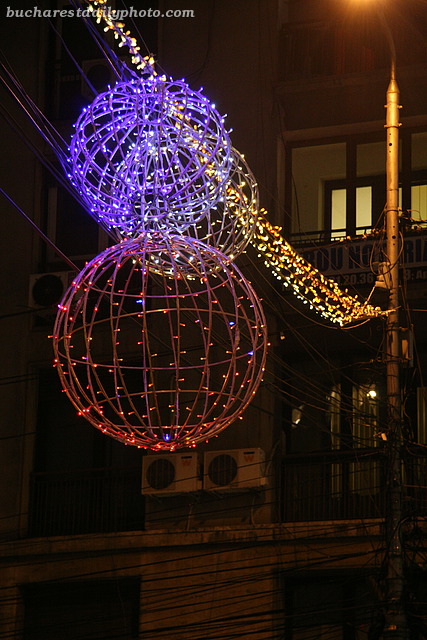 Versiune în română
Versiune în română
First of all sorry for the late posting. It took me some time to decide on today’s photo. I will tell you why in a minute. Today is Theme Day at the City Daily Photo community, a monthly event that happens the first day of every month, when all participating blogs will post a picture that relates to the theme day’s description. Today’s theme is Waiting. Click here to view thumbnails for all participants
I have to say that today’s theme posed quite a dilemma for me, the reason for it being the fact that December 1st is also the national holiday of Romania. Which means I was faced with the question: should I post something about the national holiday or should I just go with the “waiting” theme? I also thought of somehow linking the two events but after thinking a lot about it I couldn’t come up with something interesting. December 1st 1918 marks the day of what we call the Great Union, when the provinces of Transylvania, Banat, Bessarabia and Bukovina joined the Romanian Kingdom. The Romanian government is always celebrating this event with a military parade which is not really my cup of tea (and as I’m traveling at the moment I can’t take pictures of the parade even if I wanted too). I already showed the Romanian flag (twice if I’m not mistaken) and posted a picture of the Triumphal Arch which was built to commemorate the creation of Greater Romania and couldn’t think of other national symbols that I could show in this context. I also thought of “waiting” in the context of contemporary Romania and I came up with something along the lines of “waiting for Romania to become a true democracy”, “waiting for corruption to end”, “waiting for my country to find its way to prosperity”, “waiting for the standard of living to grow and for the medical system to become better”. But these thoughts, true as they may be, seemed more like criticizing, and it seemed harsh to criticize with the occasion of a celebration. In the end I couldn’t decide, so for today I’m giving you three photos. The first is a simple “waiting” photo, which I would have posted if today was any other day of the year, showing people waiting for the subway at the Titan subway station. The second one is a graffiti which goes along the lines of “waiting for corruption to end” of contemporary Romania. And finally, the third one is the celebratory one, showing today’s front page at google.ro, marking the national holiday.























